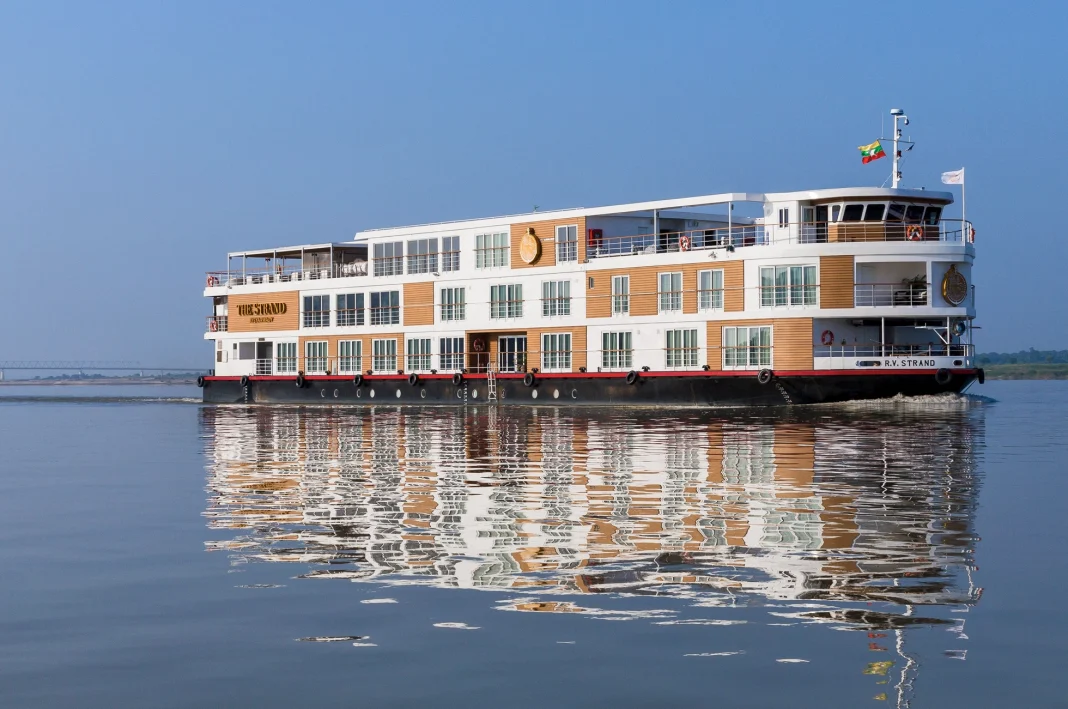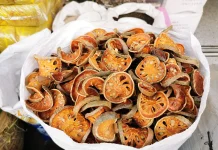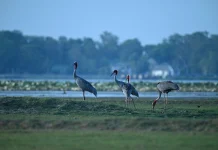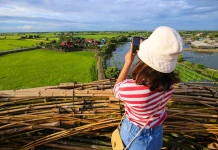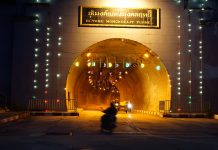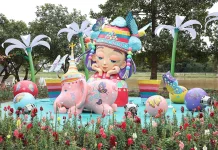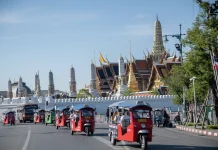The allure of old Mandalay seems to have waned since an influx of Chinese residents arrived in the former capital, drawn by the prospect of wealth in jade and other precious gemstones extracted from Myanmar’s mines. Once the residence of King Thibaw (Burma’s last monarch) and a cherished refuge for the British writer George Orwell, today’s Mandalay feels somewhat lackluster, with Chinese entrepreneurs primarily preoccupied with their “jade money.”
Mandalay has experienced a growing influence from China. Therefore, one of the most captivating destinations in Upper Myanmar can be found along the Ayeyarwaddy River.
As our voyage on the Strand Cruise unfolds, a spiritual transformation takes place. The Ayeyarwaddy River, also known as the Irrawaddy, epitomizes this change. The land, the river itself, and its inhabitants radiate authenticity. Occasionally, we encounter Myanmar women navigating muddy paths while gracefully balancing earthen pots atop their heads. The air is permeated with the scent of cheroot and betel split as we journey through remote villages in search of gilded pagodas, multi-tiered monasteries, and ancient palaces. The cruise, coupled with the legendary river, promises a generous dose of romance and adventure, transporting travelers to bygone eras of classic maritime expeditions.
“As we depart from Mandalay tonight, we will follow the downstream currents to Bagan,” announces Ravelle, our cruise manager, while briefing us on the sun deck. “As night descends, our ship will anchor in a remote district along this wild stretch of the river.”

The Strand Cruise derives its name from its counterpart, the iconic and legendary Strand Hotel in Yangon. This opulent new vessel now plies the waters, offering passengers stylish river cruises along the most historically significant section of the Ayeyarwaddy River. The Strand Cruise caters to adventurous culture enthusiasts who wish to immerse themselves in Myanmar’s spirit and heritage, all the while appreciating a spa treatment and savoring glasses of chardonnay upon their return.
The journey spans four days from Mandalay to Pagan or five days upstream from Bagan to Mandalay.

On our inaugural day aboard the Strand Cruise, we embark on a brief adventure en route to explore Mingun and Sagaing. After visiting notable landmarks such as the unfinished pagoda and the grand bell of Mingun and the ethereal Hsinbyume Pagoda, which carries a melancholic tale reminiscent of the Taj Mahal, we return to the cruise for a sunset cocktail. The chef indulges us with delectable traditional Myanmar cuisine – a true culinary delight.
Crafted locally, the Strand Cruise offers 27 cabin suites accompanied by round-the-clock butler service. The sumptuous ship features a spacious pool deck, a wellness center, and a wine-tasting corner, in addition to an exquisite à la carte restaurant offering panoramic views of the river. In essence, it is a floating, compact rendition of the renowned hotel.


My cabin, designated as 201, graces the main deck. Spacious and lavishly appointed, the cabin never evokes a hint of claustrophobia. Its walls are adorned with captivating black-and-white photographs from old Burmese days, including a striking portrait of a young Burmese woman. Each evening, as we share our travel anecdotes (and juicy gossip) around the dining tables, the housekeepers discreetly visit our cabins to perform the turn-down service, often leaving charming Burmese puppets or other delightful souvenirs as a parting gift.
The second day leads us to Ava, nestled on the left bank of the Ayeyarwaddy River. Ava, also known as Inwa, served as the imperial capital of Burmese kingdoms from the 14th to the 19th centuries. Over the centuries, it witnessed the ravages of war and natural disasters, and today, Ava resembles little more than a rural backwater, punctuated by remnants of ruins, monastic structures, and ancient stupas. We explore the vestiges of this abandoned kingdom via horse-drawn carts before pausing at a roadside café to savor authentic sweet tea and bean cake.

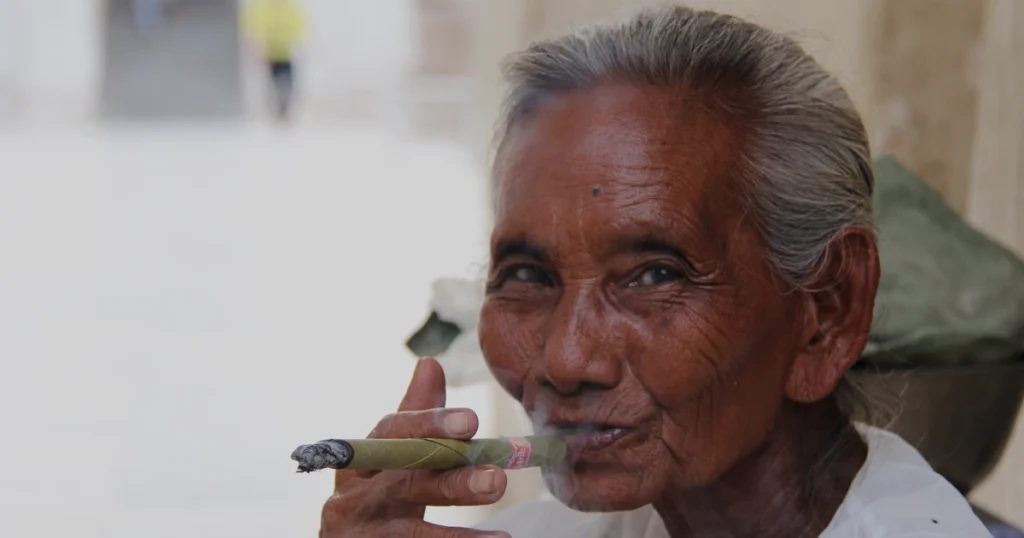
Resuming our journey on board the Strand Cruise, we continue our voyage to Bagan, the inaugural kingdom of Myanmar dating back to the 9th century.
The Upper Deck, complete with a bar, an assortment of books, and a collection of board games, proves to be a popular haven on the Strand Cruise. Here, one can lose themselves in the pages of George Orwell’s “Burmese Days” or savor a glass of wine on the sun deck, which offers panoramic views of the historic Ayeyarwaddy River.

BAGAN: Within these walls
Known as the valley of 2,000 pagodas, the ancient city of Bagan is the highlight of any visit to Myanmar. Located on the vast plains of Upper Myanmar on the bend of the Ayeyarawaddy, its beauty stems not just from its gilded pagodas and stone temples but its murals. And the frescos at one temple alone – the Sulamani – are worth a second and even third trip to Bagan.
Known as “The Elephant River,” the Ayeyarwaddy River originates from the snow-capped Himalayas, spanning approximately 1,550 kilometers as it meanders through the heart of Myanmar before merging with the Andaman Sea. Along its banks, thousands of temples, stupas, and even royal capitals have risen and fallen. As Rudyard Kipling eloquently described in his poem “The Road to Mandalay,” the Ayeyarwaddy River possesses a magnetic allure, attracting visitors – whether they be soldiers of the British Empire from the 19th century or passengers aboard luxurious cruises – with its exotic charm.
In July and August, the Ayeyarwaddy River swells to capacity. From the sun deck of the Strand Cruise, it becomes increasingly challenging to distinguish between the riverbank and the sky, both of which assume a uniform gray hue. As we continue our voyage towards Bagan, we witness the far-reaching consequences of widespread flooding, submerging hamlets and pagodas beneath the water’s surface. In the distance, small sampans ferry Myanmar locals as they navigate the fluctuating waters of the Ayeyarwaddy River.

On the second night, the Strand Cruise anchors at Pakokku, a remote township located 30 kilometers northwest of Bagan along the Ayeyarwaddy River. From my cabin, I am afforded a view of Myanmar’s longest bridge, spanning both banks of the Ayeyarwaddy.
As dawn breaks on the third day, the grandeur of the very first Myanmar Empire comes into view. From the sun deck, I behold a striking white-washed pagoda perched high on the left bank. Soon, the tips of other pagodas emerge, rising above the mist and the canopy of Acacia trees. As we draw nearer, the valley of Bagan unveils itself, revealing a multitude of pagodas in various shapes and hues, ranging from pristine white bell-shaped pagodas to towering red structures crowned with gilded umbrellas.
Tin Tin Aye, a member of the Bagan Heritage Trust, provides a brief introduction before we embark on our pagoda exploration. “The valley of Bagan boasts over 2,000 pagodas,” she shares.
Nestled in the uplands and cradled along the bend of the Ayeyarwaddy River, Bagan once served as the capital of the Kingdom of Pagan, the first kingdom to unify the Ayeyarwaddy Plain. The city basked in its glory for two and a half centuries before succumbing to the invaders of Kublai Khan.
To fully appreciate the array of 2,000 pagodas, one would ideally need a week or more. Regrettably, our time in Bagan is limited to just two days, prompting us to select the most prominent pagodas for our exploration. This includes the Shwezigon Pagoda of King Anawrahta, the Gubyaukgyi temple adorned with dimly lit frescoes, and, of course, the renowned Ananda Temple.

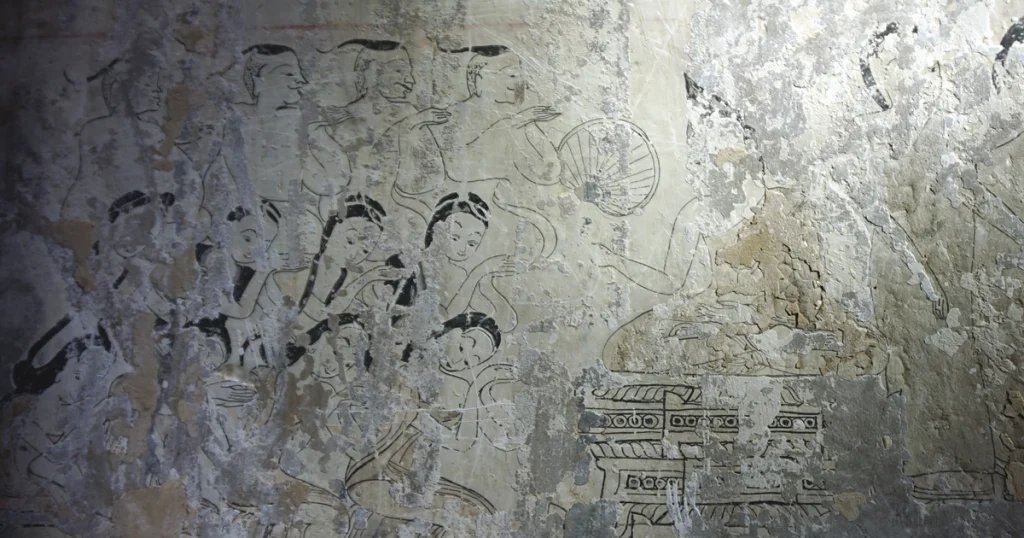
However, our admiration is particularly captivated by the frescoes within the Sulamani Temple. The dimly lit corridors of the temple lead us to walls adorned with frescoes depicting the tales of Lord Buddha. Dominated by shades of red, complemented by hints of yellow, green, and dark hues, these frescoes date back to the 12th century. Our local guide in Bagan, Naung Naung, guides us through the darkened corridor before illuminating a Buddhist prayer scene with a flashlight.
“We believe this scene depicts Siam,” Naung Naung remarks. “We have examined the hairstyles, elegant postures, and slender figures, which are less common in Myanmar.”
Naung Naung, along with Tin Tin Aye from the Bagan Heritage Trust, propose a theory that Burmese art may have been influenced by Siamese art during that era. Following the fall of the Ayutthaya Kingdom, Siamese artists and individuals from various walks of life were held captive in Burma. The artistry of Ayutthaya may have played a role in the restoration of the Sulamani Temple in the 18th century.
Returning to the Strand Cruise, we find the crew orchestrating a cultural show featuring a series of traditional Myanmar dances to bid us farewell on our final night. With traditional music and performances set against the backdrop of the pagoda-studded valley, we are spiritually transported to a bygone era of Burmese splendor.

Mawlamyine: Mysteries in the mist
Ripples of sunlight kiss the waves in the Salween Estuary on this damp Friday morning in early October. Across the estuary, the mist lifts sufficiently to reveal of a ridge of stupa-capped hills. Several more pagodas – big and small, golden and ivory white – stand on the small islands in the middle the river.
Planning Your Trip
The Strand Cruise offers three- or four-night voyages on Myanmar’s Ayeyarwady River between the ancient cities of Bagan and Mandalay. For more information, please visit The Strand Cruise website or its Facebook page: [https://www.thestrandcruise.com](https://www.thestrandcruise.com).

